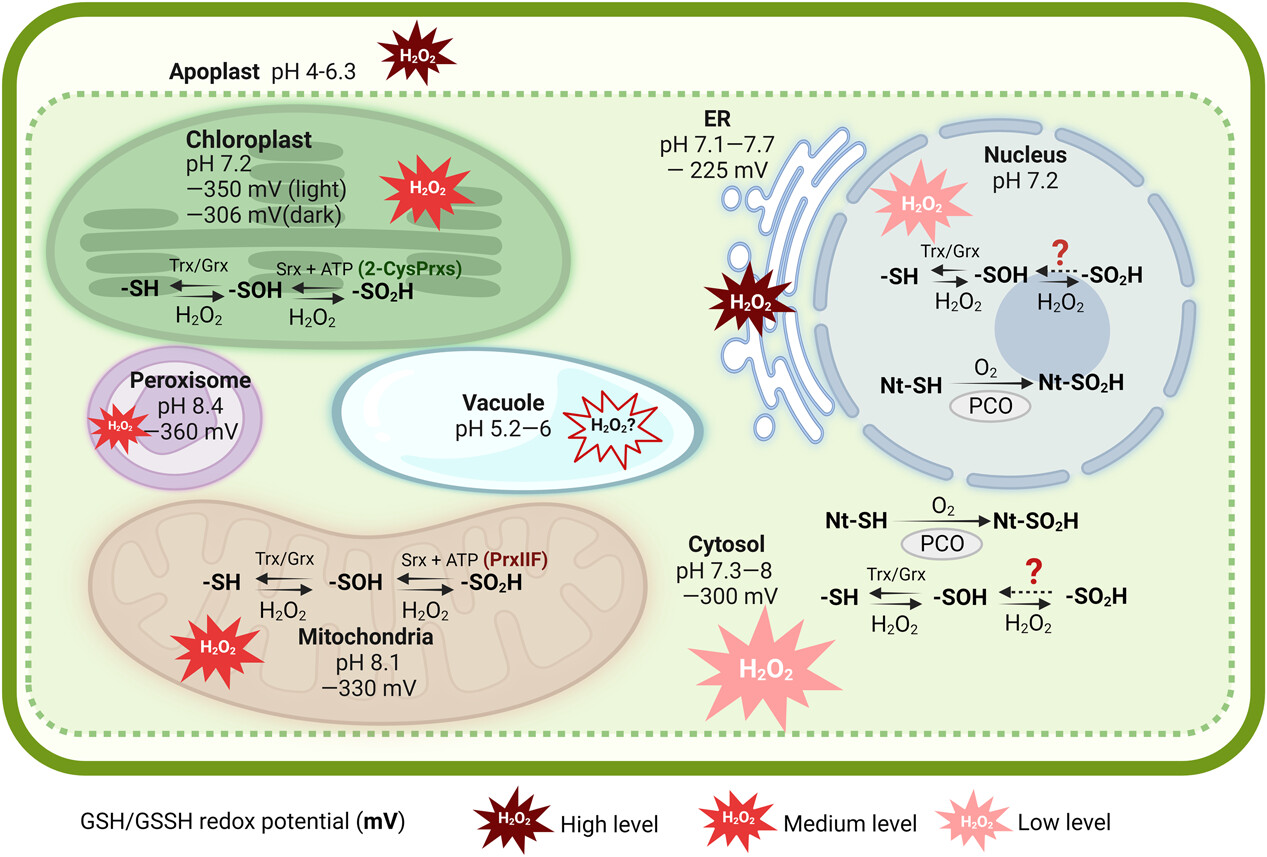Why a focus on retrograde signaling in plants? Biological systems must respond rapidly to both external and internal stimuli to maintain homeostasis, and repair damage. To allow rapid responses, biology often relies on post-translational modifications of specific proteins to effect changes in activity, function, localization, or stability of pre-existing proteins. Several studies have shown that chloroplast and mitochondrial functions are direct target of stresses, from changes in the proteome, altering organellar abundance or modification of large-scale changes in the transcriptome. To mount a fast and dynamic response, retrograde signals are generated in the mitochondria and chloroplasts, finally leading to changes in gene expression. Today, we can barely grasp the mechanism(s) of the communication between the organelles and the nucleus. The main question is how the nucleus gets the message through and are conserved mechanisms in place? A.o. in the FWO-FNRS funded ReACTs project we study redox-dependent retrograde signaling in two (molecular) model plant systems: the green microalga, Chlamydomonas reinhardtii, and the land plant, Arabidopsis thaliana.
See also https://eos-reacts.wixsite.com

